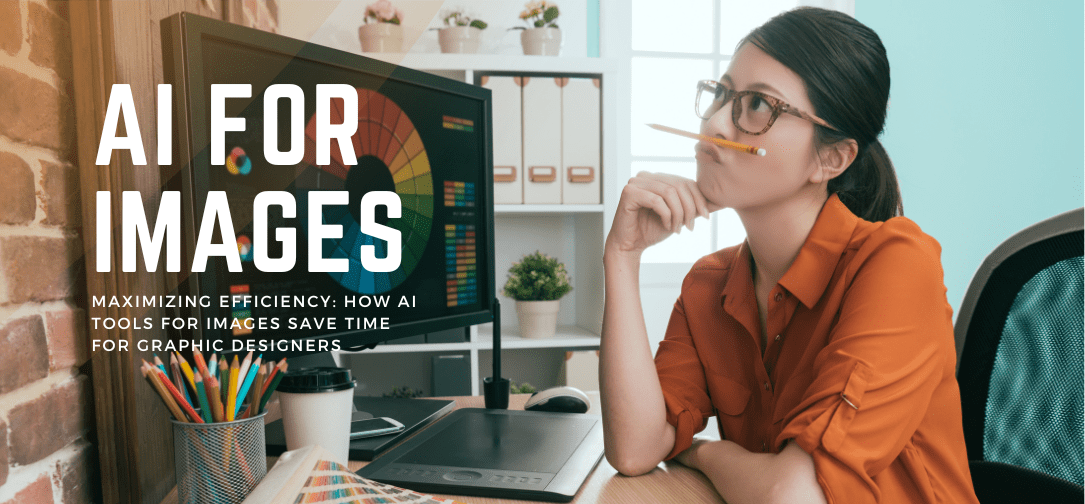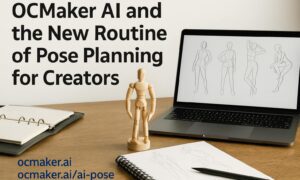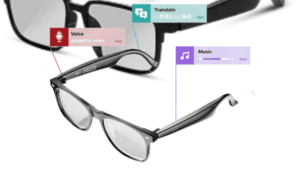In the dynamic world of graphic design, time is a precious commodity. Designers have to manage multiple projects simultaneously, each of which requires a combination of creativity, accuracy, and efficiency. Although traditional image editing methods can produce satisfactory results, they usually require substantial investments of time and effort. However, the introduction of AI tools for images has brought about a revolutionary transformation, offering efficient solutions that enhance workflow efficiency and maximize productivity.
The challenge of traditional image editing
Repetitive tasks tend to weigh down graphic designers. Hours can be consumed by tasks such as cropping, color correction, and object removal, which require meticulous attention to detail. Although these tasks are essential, they have the potential to hinder creativity and impede progress on the more inventive elements of a project.
Let’s imagine a situation where a designer is tasked with creating a marketing campaign. Perfection is essential for every image. In the past, achieving this level of perfection would require meticulous manual adjustments. However, in an industry characterized by tight deadlines and high expectations, this method can result in exhaustion and overlooked possibilities.
The rise of AI image editing tools
In response to these obstacles, the market has introduced a wide range of AI tools for images. These innovative tools utilize artificial intelligence to automate numerous tasks that were previously done manually. Leading the way in this revolutionary shift are industry giants such as Adobe, whose AI-driven Photoshop, and emerging start-ups like Luminar AI.
Adobe Photoshop: the implementation of Adobe’s Sensei AI technology enables the seamless enhancement of images, background filling, and object recognition, resulting in a more efficient editing workflow.
Luminar AI: Leverages the power of AI to provide users with advanced functionalities such as sky replacement, portrait enhancement, and automatic composition suggestions, significantly reducing the amount of time required for mundane editing tasks.
Remove.bg: An innovative tool powered by artificial intelligence that effortlessly eliminates backgrounds from images. This time-consuming and laborious task is now a breeze, thanks to the precision and speed of these AI image editors. By taking care of the nitty-gritty details, designers can redirect their energy toward unleashing their creativity in other areas of their work.
These AI images editors are designed to handle specific tasks with precision and speed, freeing up designers to focus on more creative aspects of their work.
Real-world impact and opinions
These AI-powered solutions have been widely adopted by numerous designers. One example is the utilization of AI tools by marketing agencies to efficiently and professionally edit large quantities of images. In such contexts, these AI-driven tools have become essential.
Consider the case of Splash Worldwide, an internationally recognized creative technology firm. By incorporating AI tools into their operational processes, they experienced a notable decrease in project completion time. This not only enhanced their overall productivity but also allowed their design team to dedicate additional hours to conceptualizing and strategizing.
On a personal level, the adoption of AI-powered tools has had a profound impact. As a freelancer specializing in graphic design, I have experienced first-hand the transformative nature of these tools. They not only streamline my workflow but also elevate the calibre of my work. What used to be time-consuming tasks can now be accomplished in a matter of minutes, allowing me to dedicate more time to perfecting and polishing my designs.
Conclusion
The graphic design field is undergoing a transformation with the incorporation of AI tools specifically designed for image editing. This shift is revolutionizing the way designers work by automating repetitive tasks, resulting in increased productivity, decreased workload, and amplified creative potential. Although initially intimidating, the advantages offered by these technologies are unquestionable. Embracing AI image editing tools is not merely a fad, but rather a pivotal stride towards a future in graphic design that is both more efficient and brimming with creativity.



































